As competition in the online healthcare market continues to increase, hospitals should avoid these digital marketing mistakes in order to keep the upper hand.
It’s no secret that digital media now plays a central role in the patient path to treatment. Today, 77% of patients use search engines to research treatment options and 83% visit a hospital’s website before booking an appointment — clearly, patients are conducting their own research online and making their own decisions, which means hospitals need to ensure they’ve optimized their digital marketing efforts if they want to remain competitive within their local markets.
Unfortunately, many hospitals still rely on outdated or ineffective tactics online, which doesn’t just put them at risk of a diminished ROI and wasted budget — it could actually damage their brand and cause them to lose out on future patients. Here are a few marketing and patient acquisition faux pas that hospitals should avoid at all costs.
1. Patient Satisfaction Vs. Quality of Care
Dave Sarro, writing for Healthcare Business & Technology, points out that a recent shift in medicare reimbursement policy has caused many hospitals to focus more on offering luxury and “hotel-like amenities,” in an effort to “attract and pamper” patients. In fact, this approach represents a misunderstanding of how and why patients choose hospitals. According to Gallup research, specific treatment expertise and medical-error histories are rated the most important considerations to prospective patients, while amenities are the least.
2. Outdated Marketing Tactics
Many hospitals still rely on traditional media and marketing tactics, such as television, radio, and newspaper ads, or direct mail, to spread the word and attract new business. However, as patients spend more and more of their time online, they’re increasingly viewing traditional marketing materials as spammy, favoring seamless and highly personalized advertising experiences online instead. In fact, according to HubSpot, 92.3% of companies that embraced inbound marketing tactics (content marketing, search engine optimization, social media, etc.) saw an increase in traffic to their websites, and 92.7% saw an increase in lead generation.
3. Not Properly Segmenting Digital Ad Campaigns
These days, patients are completely inundated with online ads — for example, recent research suggests that the average internet user sees more than 1,700 banner ads each month. If hospitals want to break through the digital white noise and catch the attention of their target audience, they need to make sure that both their ad targeting and their messaging are on point. That means leveraging demographic and interest-based targeting options on platforms like Facebook and Google, then crafting personalized messaging and landing pages in accordance with each audience segment’s unique wants and needs.
4. Being Impatient
A solid digital marketing strategy isn’t necessarily a quick fix — it’s about generating long-term, sustainable value. For example, you may launch a search or social media ad campaign that garners a lot of impressions or clicks, but has a relatively low conversion rate upfront. Keep in mind that many of the patients conducting research online (i.e., clicking on your ads and browsing your hospital’s website) may not need treatment at that very moment, but that could change in the coming months or years. There’s a good chance that their prior experience with your brand (especially if it’s a positive one) will influence their decision to return when the need arises.
At the end of the day, attracting new patients is all about making personal connections and providing real value — that means ditching spammy, surface-level tactics in favor of a more authentic, patient-centric strategy.
















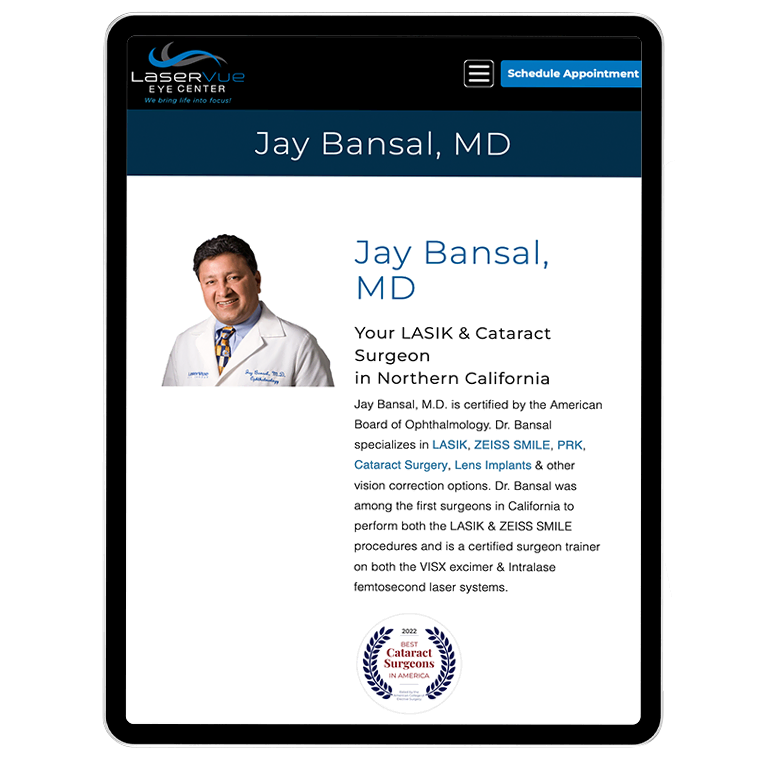


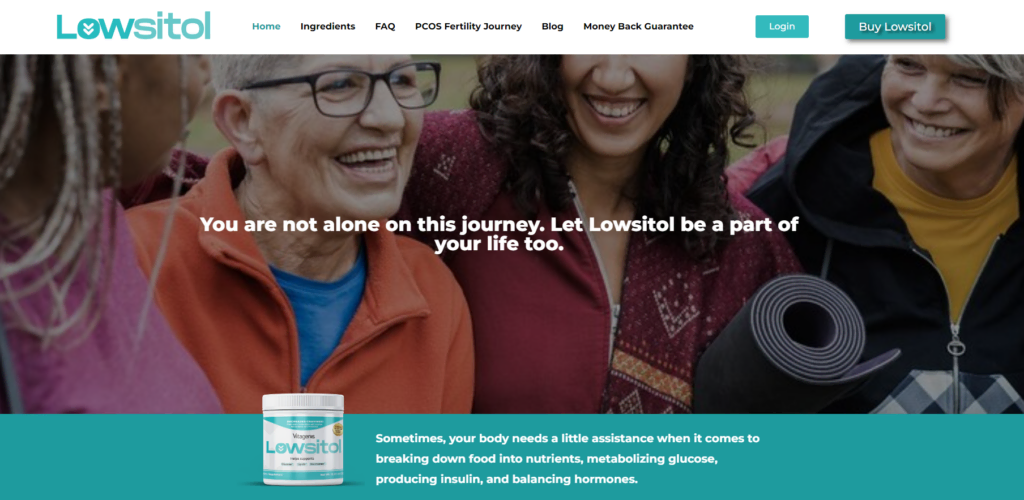


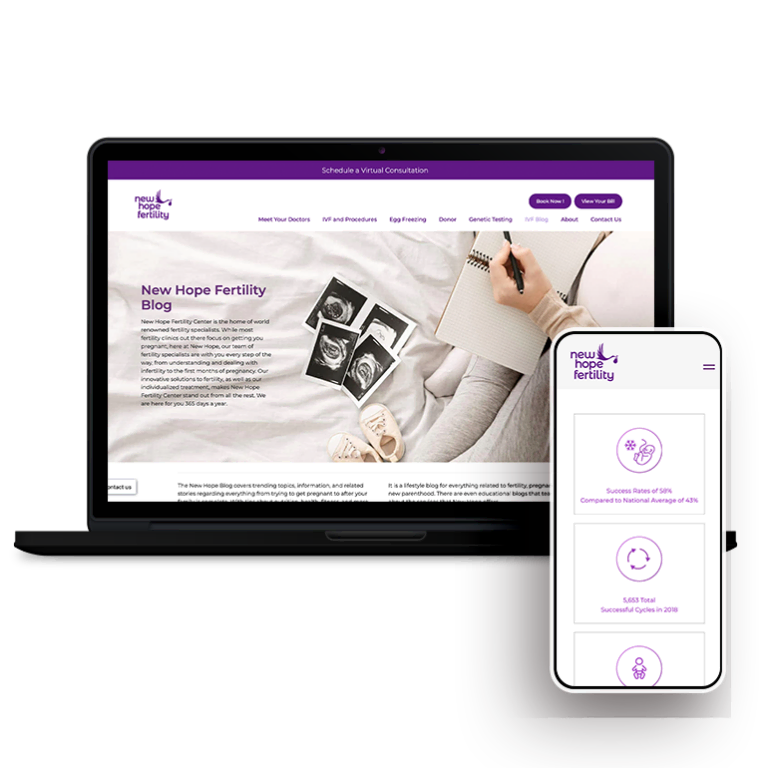


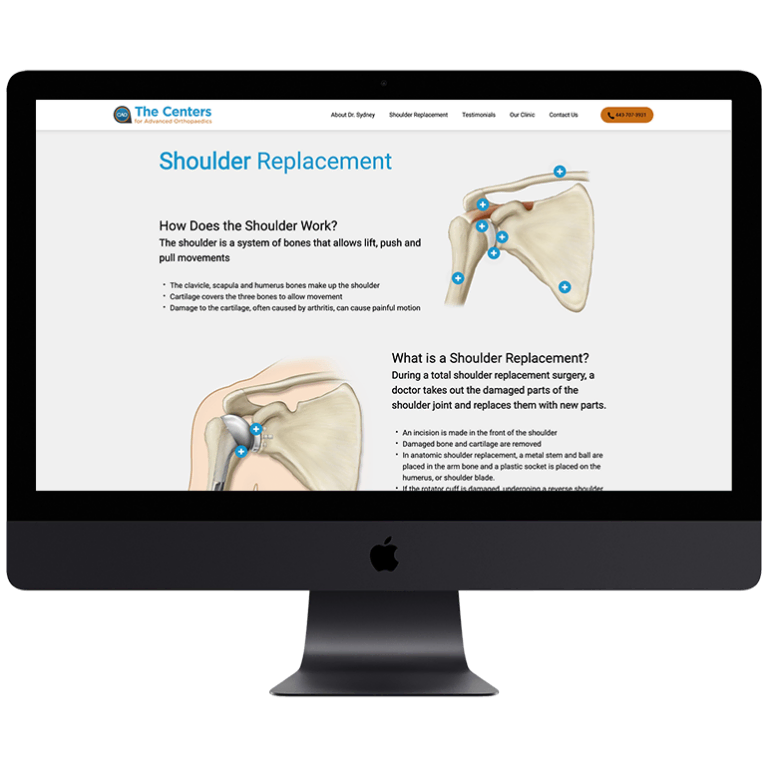


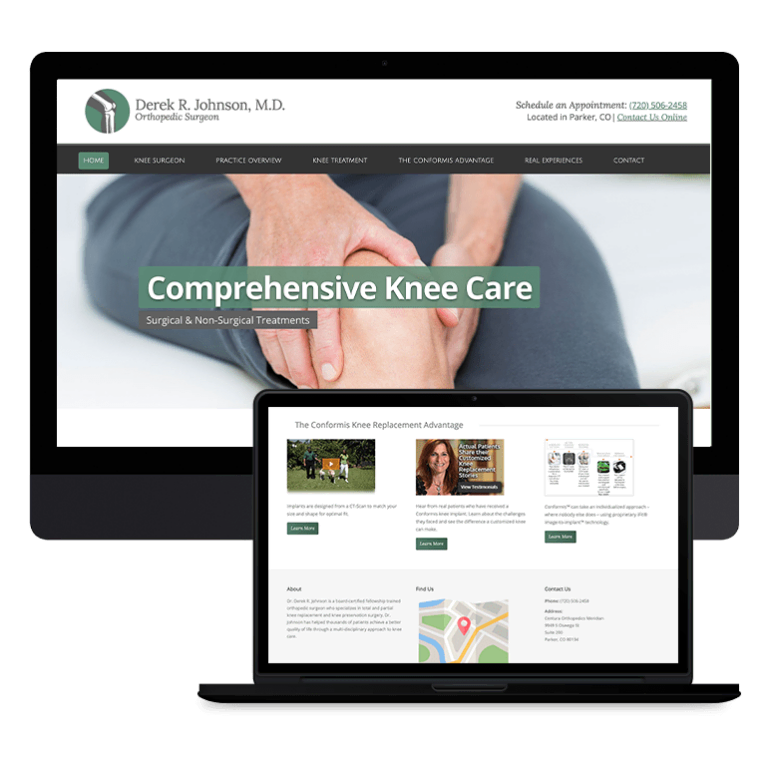


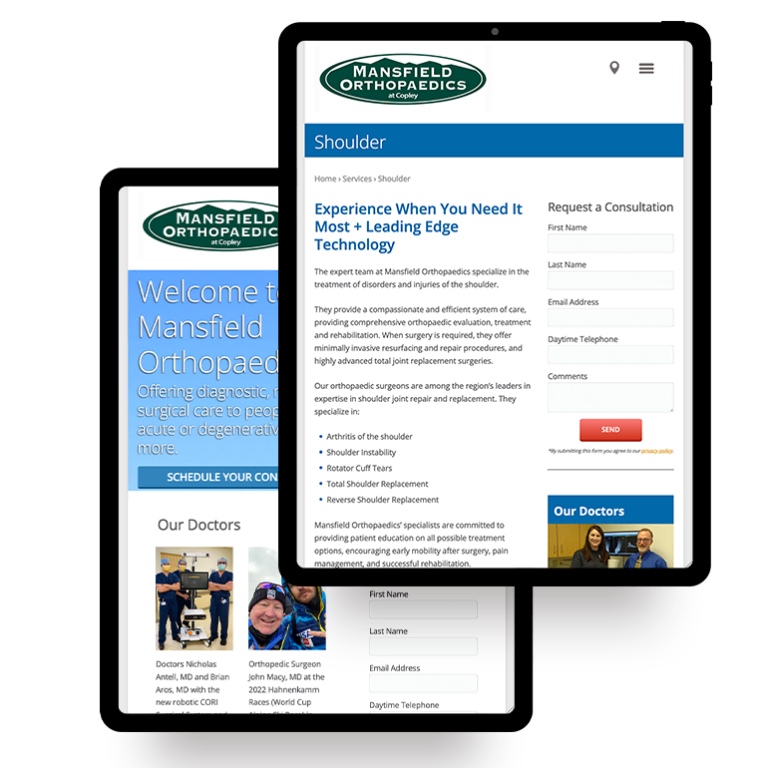
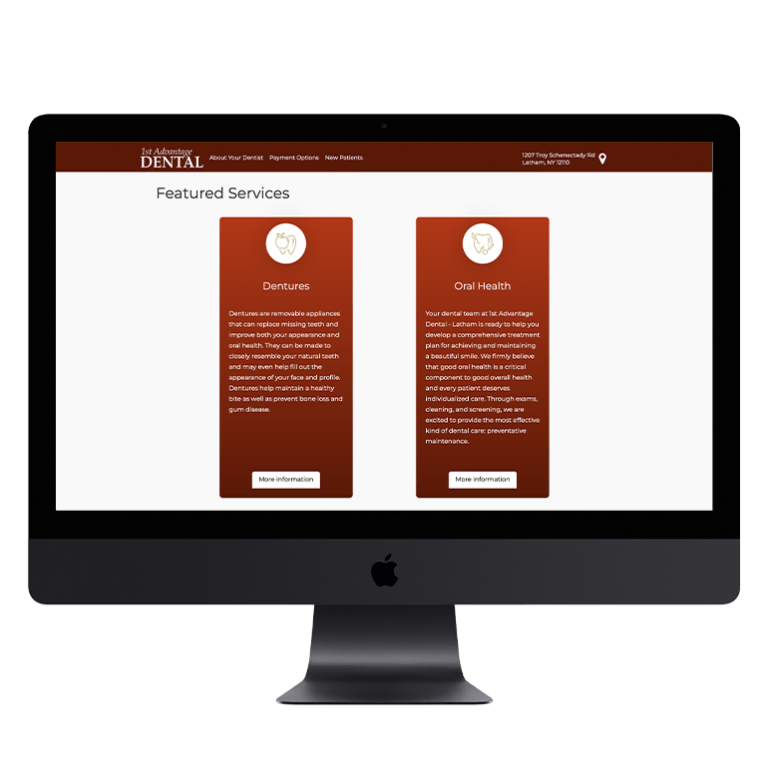
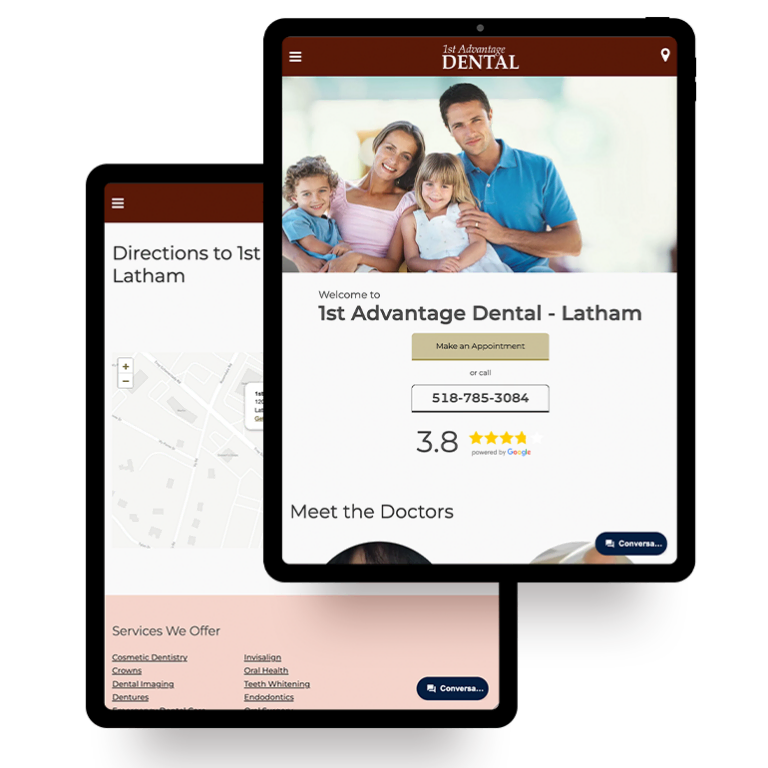
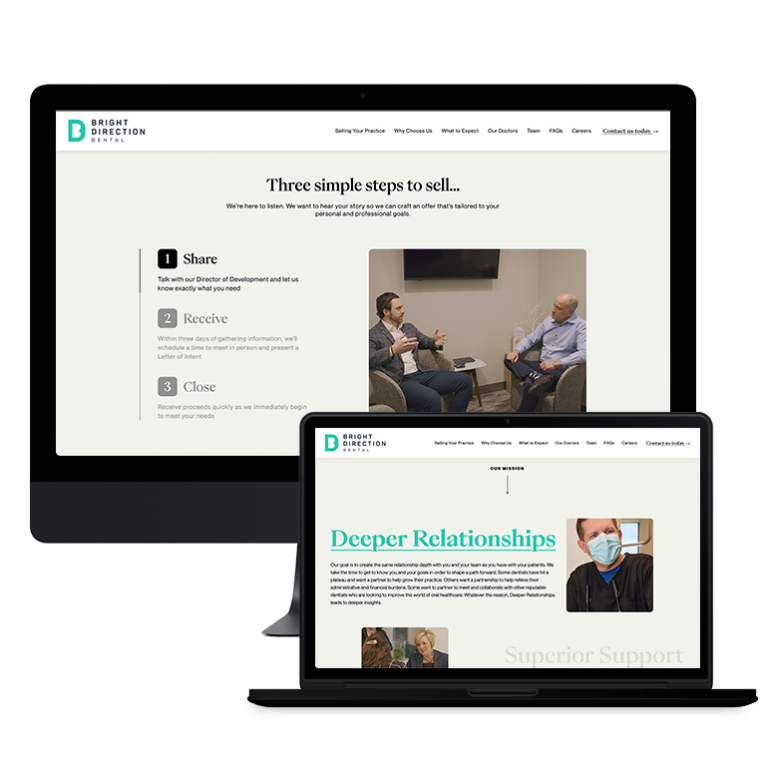
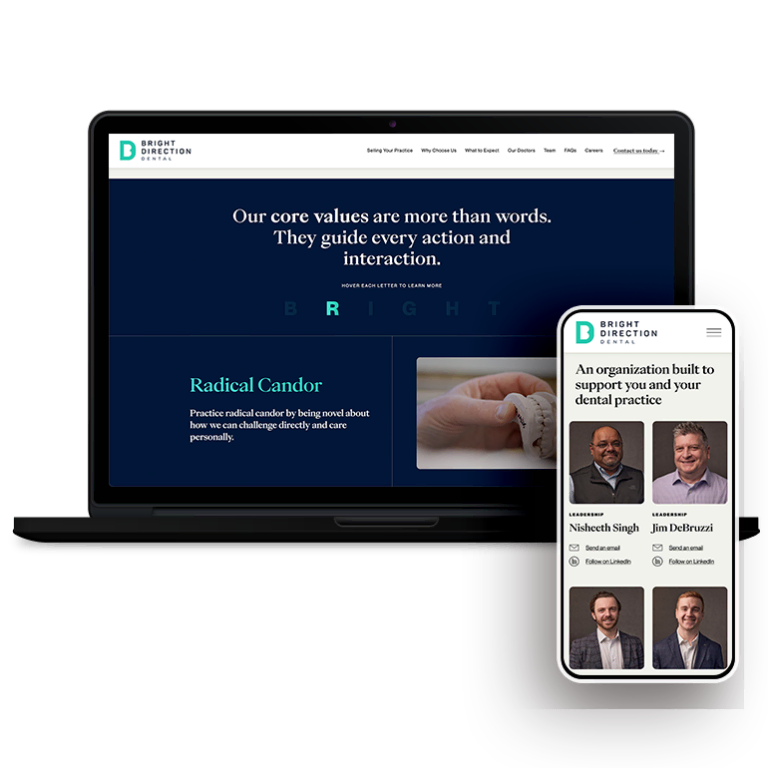




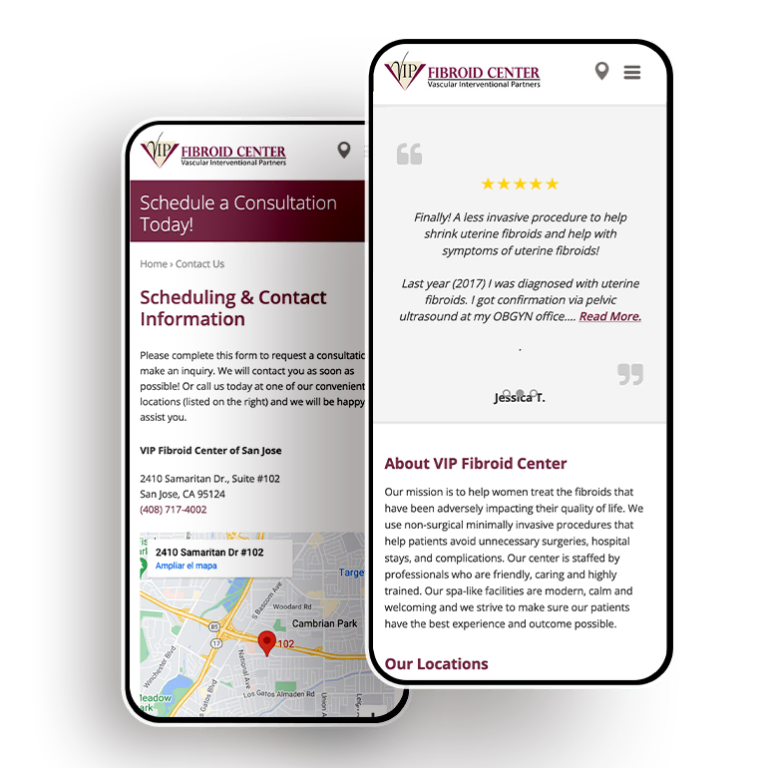


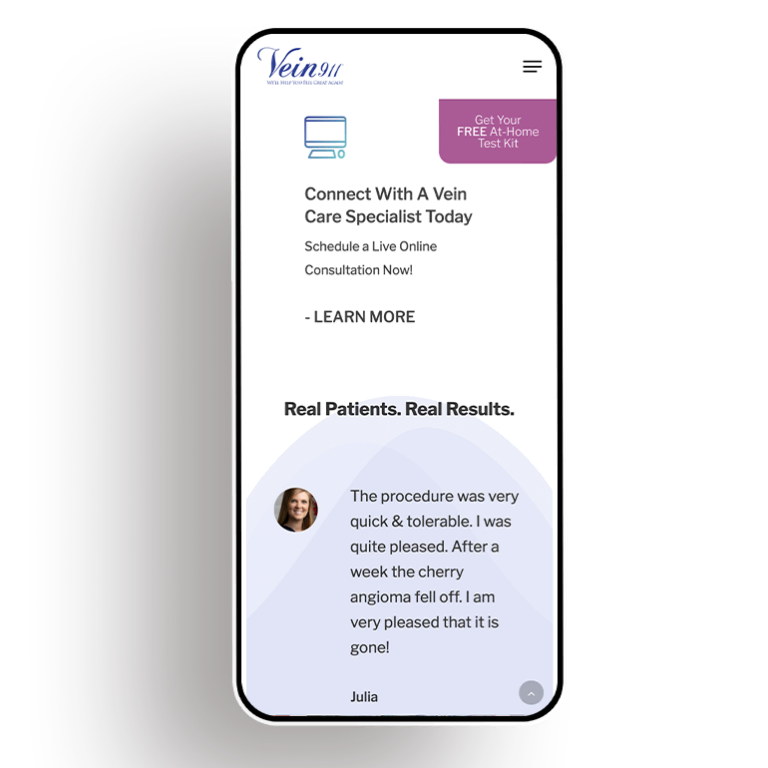


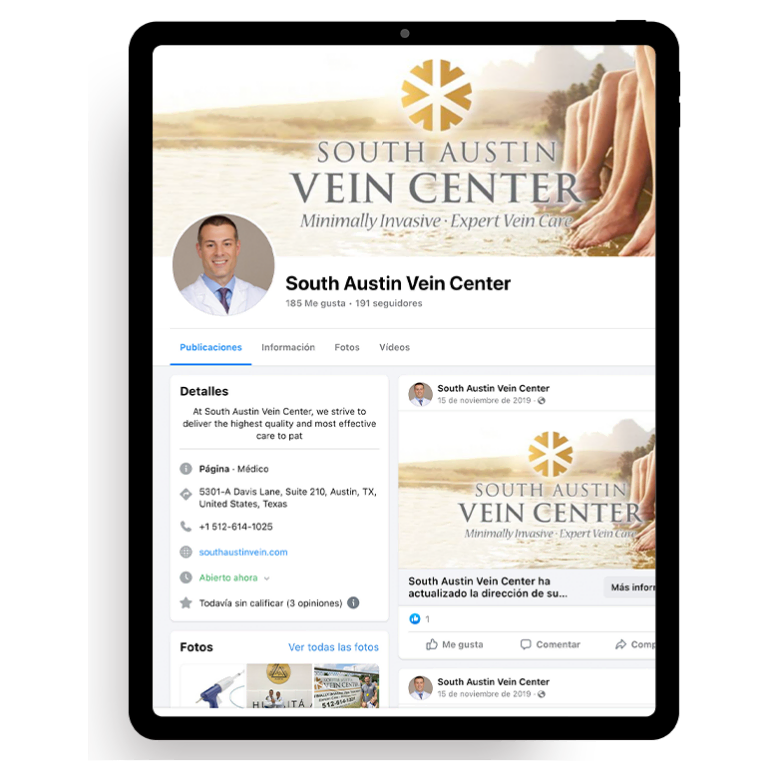

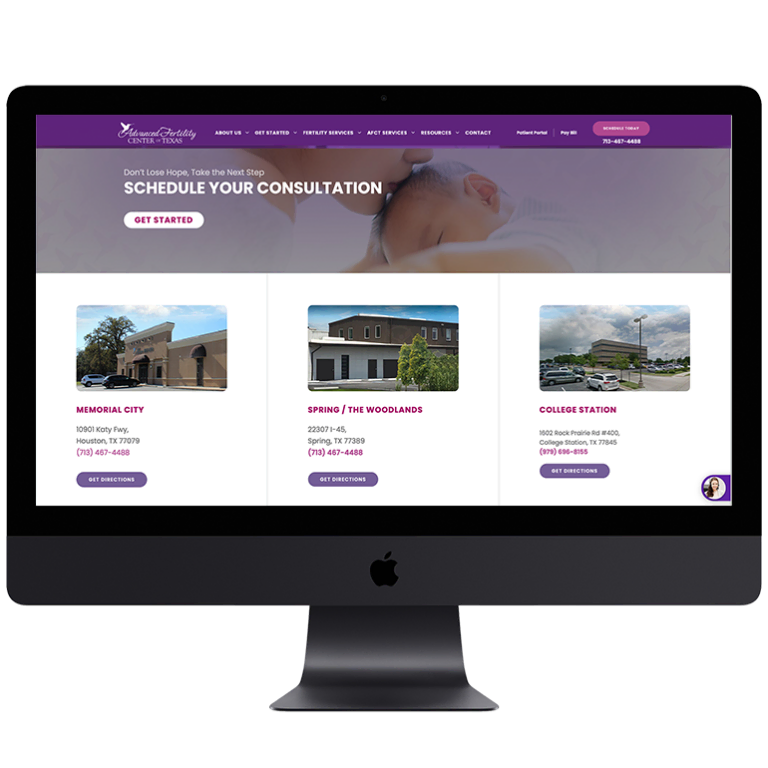
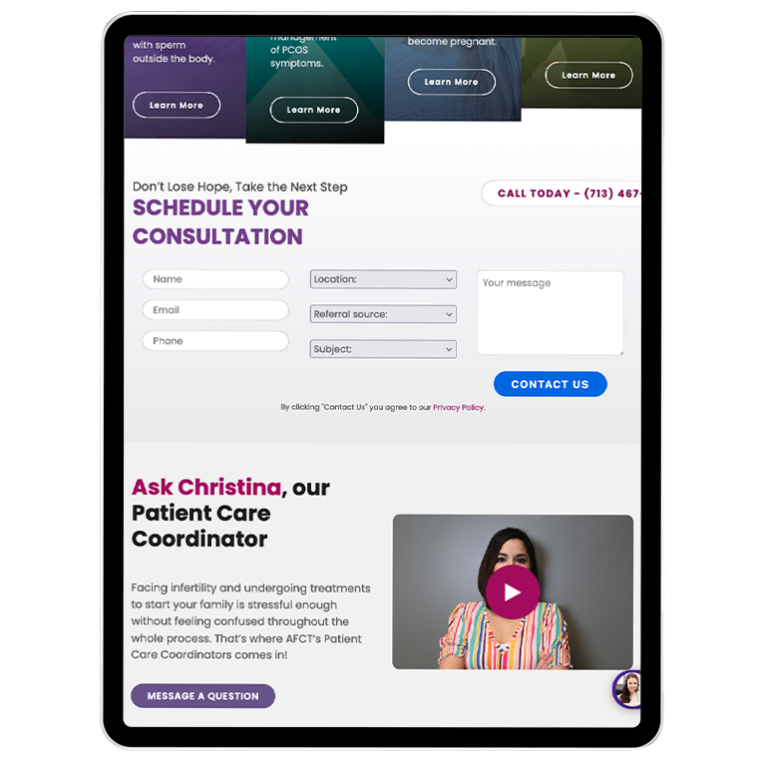
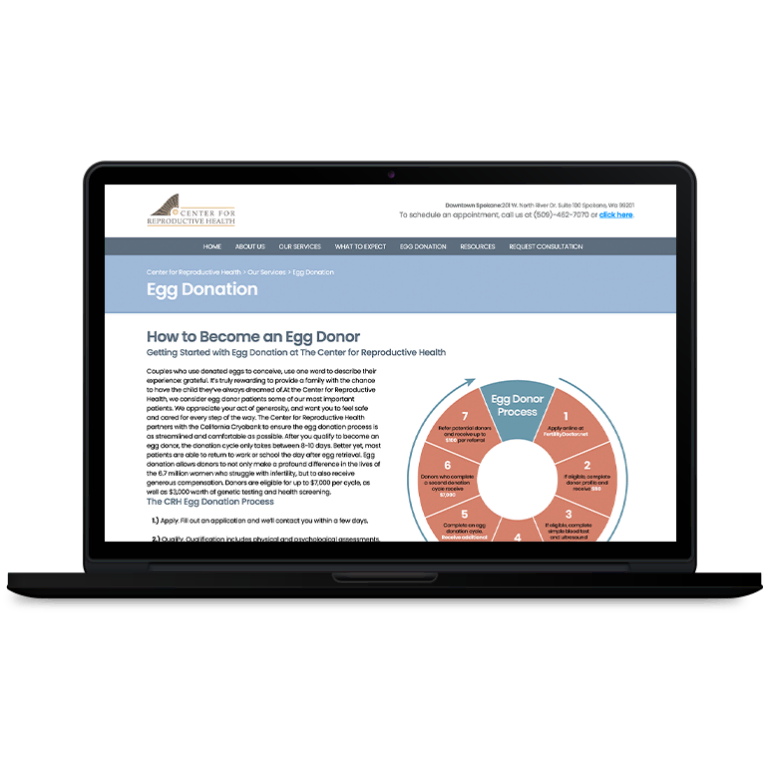



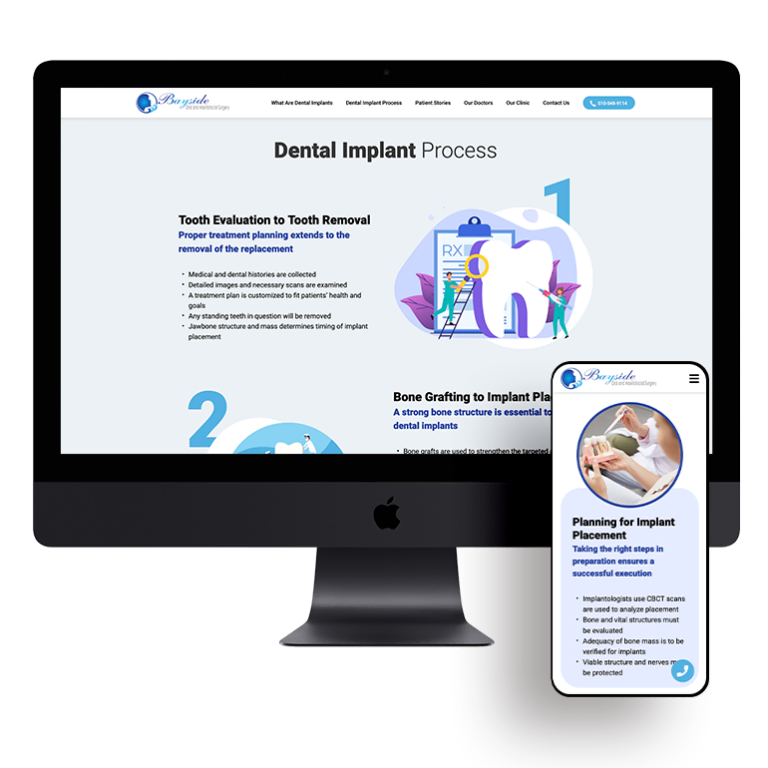
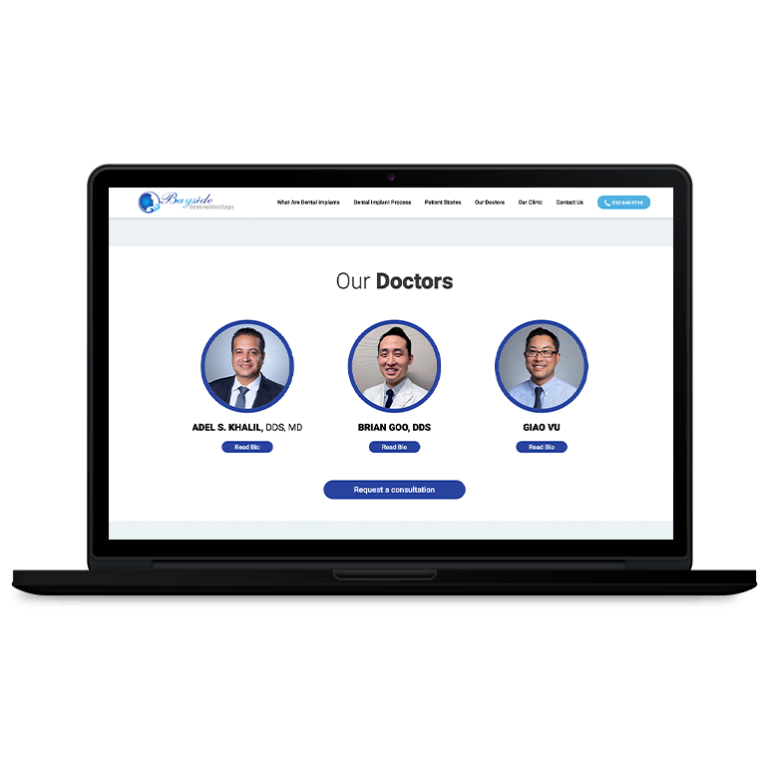

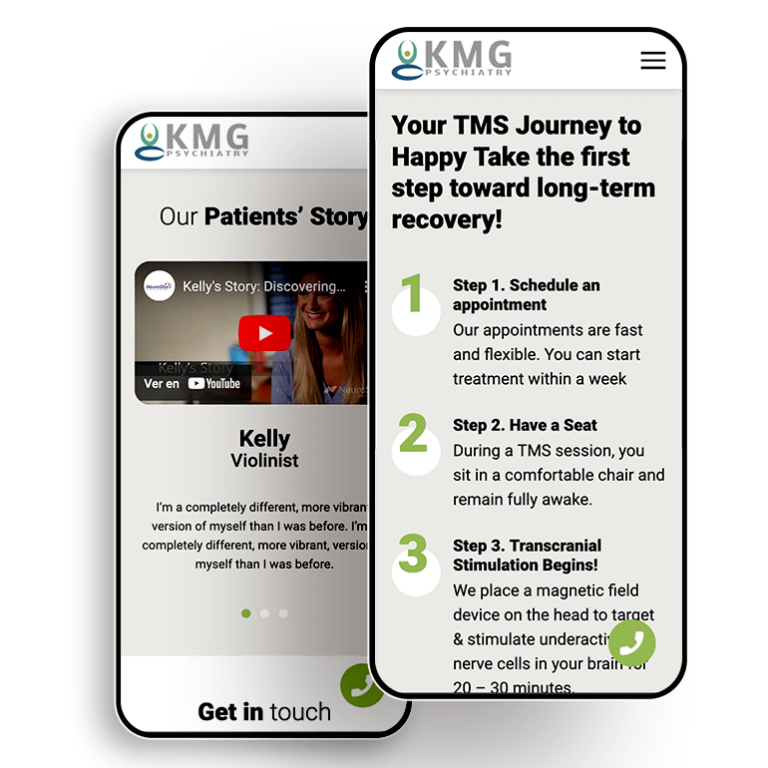

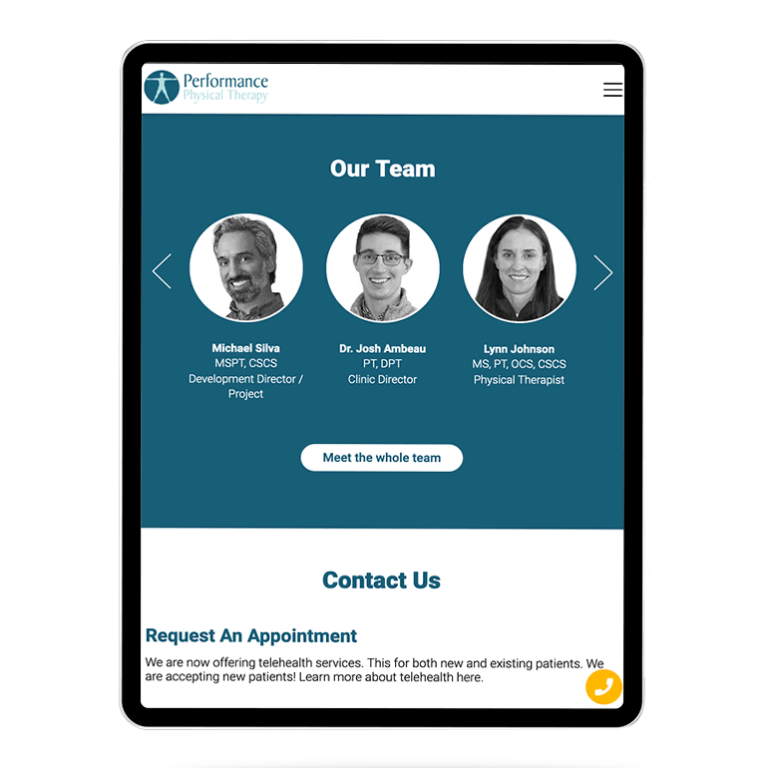


 Smart Design Creates New Patient Opportunities
Smart Design Creates New Patient Opportunities